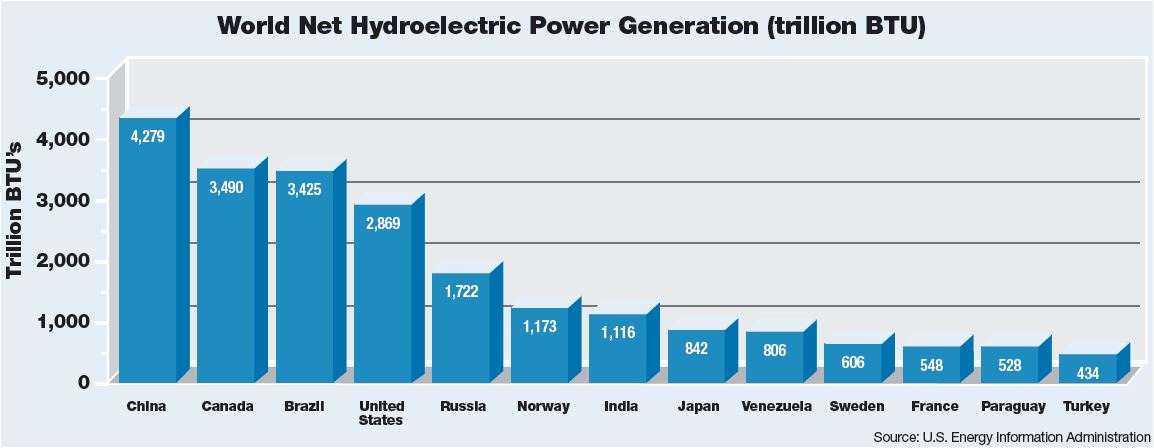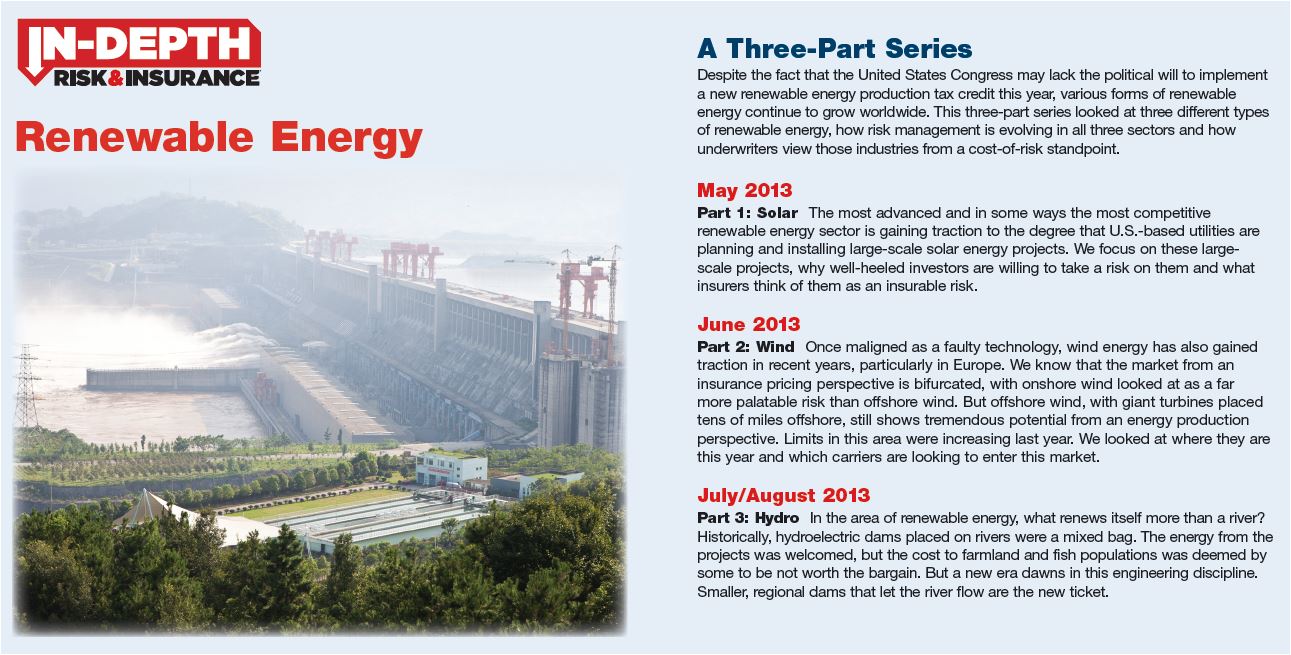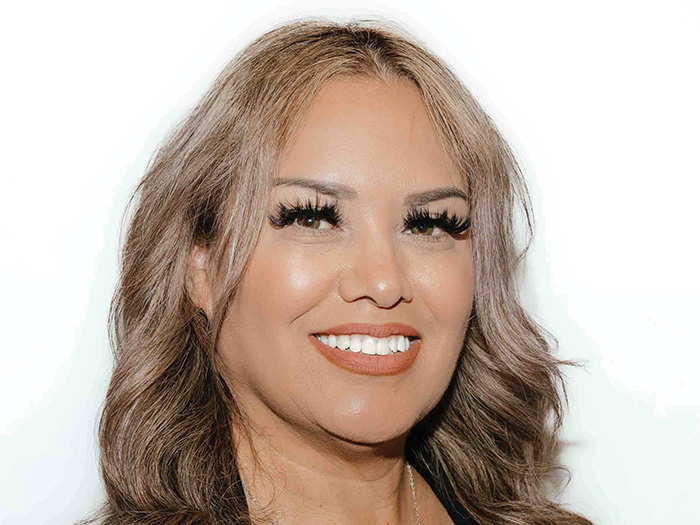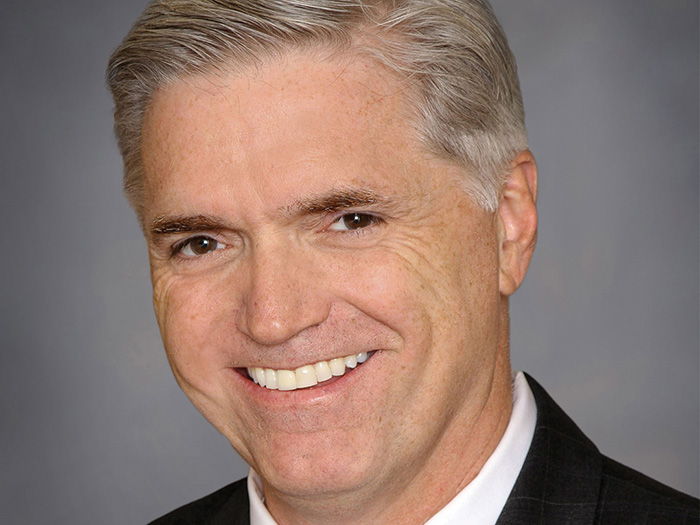Renewable Energy
Hydropower Gets Small to Grow
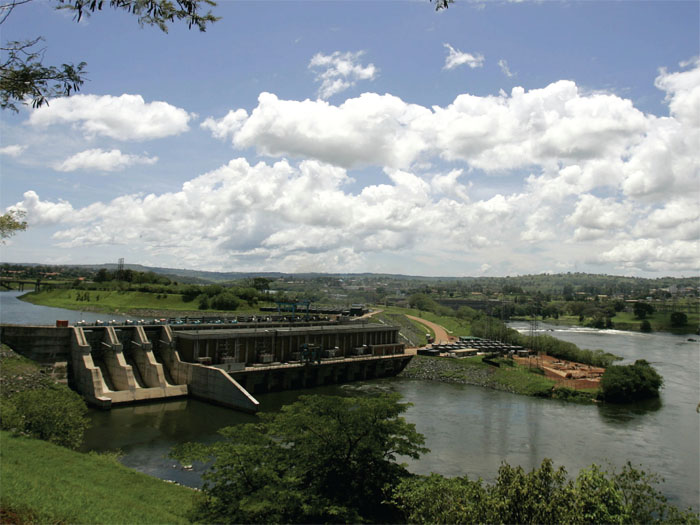
Hydroelectric power is overlooked compared to the more high-profile wind and solar energy alternatives. But with new legislation to support development working its way through Congress, and a commercial fluorescence of small-scale projects, hydro cannot be ignored in the energy mix.
To be sure, dams of epic scale belong to an earlier era. None have been built in many years, although BC Hydro is before regulators now with a new dam proposal for the far north of British Columbia that, if approved, is widely expected to be the last such project in North America.
In addition, Entergy is advancing a plan to upgrade and expand its existing dam and generating station at Toledo Bend on Sabine River between Texas and Louisiana.
But that’s about it. The hydro focus today is on small projects, according to underwriters and brokers.
Often called “run-of-river,” they harken back to the millraces of the time before electricity, when the current of water drove the wheel that powered the mills.
In small hydro, there is no impoundment, just the diversion of a portion of a river directly through a turbine and then back to the stream. Many of the projects are being advanced as local commercial ventures, so statistics are elusive, but underwriters and brokers said the business is growing rapidly, if only from a small base.
Broadly, hydroelectric power is about 10 percent of the U.S. generating base, but that varies greatly by region. Brokers and underwriters said it is difficult to estimate the size of the market, because many larger utilities place coverage across all their assets. By one estimate, annual premiums in the United States for all hydroelectric are in the tens of millions of dollars.
Development got a boost early in May when the Senate Energy and Natural Resources Committee approved several bills to promote hydropower.
“The momentum behind hydropower legislation on Capitol Hill continues to build,” said Linda Church Ciocci, executive director of the National Hydropower Association, most recently with unanimous approval of HR 267, the Hydropower Regulatory Efficiency Act; its Senate companion
S 545, the Hydropower Improvement Act; and HR 678, the Bureau of Reclamation Small Conduit Hydropower Development and Rural Jobs Act; and its Senate companion, S 306.
As that effort gathers momentum in the United States, BC Hydro is advancing on two fronts. Not only is it seeking approval for a big new dam — 4,000 gigawatt hours and 1,000 megawatts — but it has a goal of meeting as much as 75 percent of its incremental demand requirements over the next 20 years through conservation, formally called demand-side management (DSM).
“The new dam is the end of an era,” said Basil Stumborg, decision analysis expert for BC Hydro. “The government has said it was the last major project they would consider.”
In that light, the focus for the company is DSM and small hydro. “The bulk of our recent additions have been run-of-river,” said Stumborg. He explained that, when the original contracts for those facilities were let, they were done with many smaller operations, but consolidation is taking place.
Hydro Risk Management
That said, the risk management challenges are more marked with the big dams.
“Our large facilities are not base load, we run our system to meet peak demand and try to buy power off peak,” said Stumborg.
“That means a lot of wear and tear on the equipment with hard ramp ups and downs. But as a power provider, we have to have reliable operations. It is very complex to balance generation with power purchases, at the same time as demand and generating potential.”
Stumborg said, “There is a huge incentive for utilities such as BC Hydro to encourage energy conservation. But while the motivation is there, it is often difficult to know whether these ambitious targets can be achieved. We have been using Palisade’s risk analysis software @RISK to communicate complex analyses, and have been able to set very aggressive energy conservation goals.
“From a risk-management point of view, we have found we can build risky things into your plan, but you have to know what your red flags are, and when to use your off ramps,” he said.
The bifurcation of the hydro market between a large, stable market for existing structures and a small but growing market for run-of-river development is not a problem for underwriters, either in terms of capacity or underwriting.
“Big dams are not a growth area,” said Mark McAdams, high-occupancy specialist at FM Global, “but if they are well built they tend to last for a very long time. We write some huge machines, up to 600 megawatts, but also small hydro down to units that fit into a pickup truck.”
Brokers said that, in some cases, flat markets are attractive to underwriters trying to break in with aggressive terms and low premiums, but, to date, that has not happened in hydro.
One reason, McAdams suggested, is that “there are unique structures. The hydro market is often lumped in with the rest of power generation, but we’ve got dams and huge pipes and steep mountainsides. When you have been in the business a long time and have long-term relationships with clients, you can offer very broad terms and conditions.”
Another carrier, GCube Insurance Services, also writes dams, but has concentrated on the small hydro segment, 50 megawatts to 75 megawatts.
“Typically, we will see two or three individual investors who will get project financing for a run-of-river project,” said John McLane, GCube’s president.
“Once the unit is in service, their exit strategy is often private equity. At that stage, there are very low operating costs, basically just maintenance and monitoring.
“When we do take dams, it tends to be a part of the exposure to the dam structure itself,” he said. “Most dams have been in place a long time, and with any older inventory, there is always the question of maintenance.”
Originally founded as WorldLink Insurance, the company started writing property and liability insurance to the wind industry under its WindPro policy more than 20 years ago. In 2007, the company changed its U.S. corporate name to GCube Insurance Services and founded its London subsidiary of GCube Underwriting.
The company began insuring solar projects in 2005, and subsequently expanded its coverage portfolio to more than 30,000 megawatts of renewable energy of several types worldwide.
McLane is sanguine about hydropower. “Electric demand is not growing nationwide, but there is demand to replace existing capacity, mostly coal plants being retired.”
He added that one of the special risks in hydro is that the fastest rivers are often in remote places.
“We pay a lot of attention to remote locations, what we call inland transit exposure. Even if replacement parts are available in the event of a loss, it can take time and money to get to the site,” he said.
“We take a very close look at projections for business interruption, down time, and access. Hiring a crane is not usually a problem, but can it get there and work there? Otherwise, operating practices, such as monitoring and maintenance service are fairly standardized.”
There is huge potential in small hydro worldwide, said McLane. “This is a growing business for us. We just bound a project in Guatemala. Hydropower is often an early-stage development in many emerging markets where we will cover the generation as well as transmission as far as the utility substation.”
Overall, Greg Miller, client specialist with Marsh’s Power and Utilities practice, said “hydro has a good track record, a good loss history, so they pay at the low end of the scale as compared to other classes of generation.”
“It remains a healthy market, and the bifurcation of the market is not an issue from an insurance standpoint. There is some restriction on capacity for the dam structures themselves.”
For Marsh’s clients Miller added, the primary perils are earthquake and flooding.
“We are not seeing any big new hydro project with new dams, but we do have clients soon to break ground on a run-of-river project,” he said.
“In general, hydro is very cost-effective. In generation, the turbines have been very reliable. For underwriting, transformers have been the greater risk for fires and failures.”

